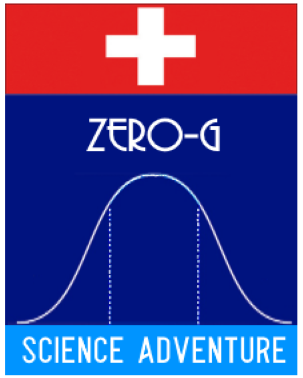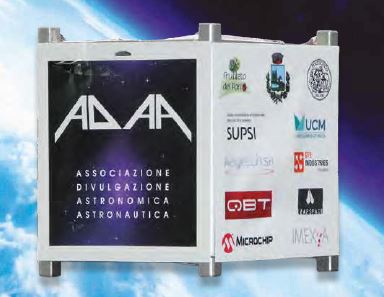New Space Economy
SciAdv is active in the Space sector with both microgravity projects and the creation of navigation instruments for satellite such as in Cubesat AlSat#1 project.
Microgravity Research Platform for Zero-G flight
- The basic idea is to sell microgravity (M). There is a class of scientific and industrial experiments in different fields that needs this condition: metallurgy, fluid dynamics, biology, pharmacology…
- M can be produced on earth, through parabolic flights conducted with airplanes. For this purpose, large aircraft such as commercial jets are used: even if lower compared to the ISS, this solution also has high costs, long implementation times and difficulties in the repeatability of the experiments. Our idea is to use general aviation (GA) aircrafts to generate M at more affordable conditions. Because of the limited volume and payload, the plane will carry the experiments inside of a rack with power supply, telemetry and gravity monitoring, instead of a scientist.
- This solution offers many advantages compared to larger airplanes:
- -Significantly lower cost of operation.
- -Operation close to the client’s location: reduced time and cost of transportation of the experiment, no international transport and related procedures and fees.
- -Faster setup of the experiment.
- -Microgravity duration of a single parabola is shorter but still useful for most applications.
- -Telemetry allows monitoring and modifying the experiment in real time during the flight. The ground station may be at any remote location.

Drone Lunar Lander Simulator project
A Lunar Lander Vehicle Simulator according to the philosophy of LLRV but using a 1:1 scale piloted drone that simulates the lunar descent. The pilot acts on the controls simulating the landing in a real environment and not simulated on the computer for spacecraft operators for astronaut training. The drone allows you to simulate different types of landers and on the ground it is possible to reproduce different scenarios of lunar soil. It is therefore possible to train pilots on land in simulated conditions but with real moon landing. Digital Simulators train pilots in procedures but in a risk-free environment, thus guaranteeing only part of the training. Using a real vehicle that operates with controlled risks allows a psychologically real training thus completing the driver’s training.
Air launch project
A feasibility study started to verify the possibility of using commercial aircraft of the business jet class for rocket launching. The feasibility study will determine the state of the art of the launcher market and size the project in light of the commercial opportunities in the Cubesat class of satellites.
AlSat#1
SciAdv collaborates in the project through the activity of the SciAdv Lab carried out with the students and providing technologies to QBT Sagl, prime partner of the space mission for AlSat#1 (www.alsat.it) Cubesat of ADAA (www.adaa.it)

